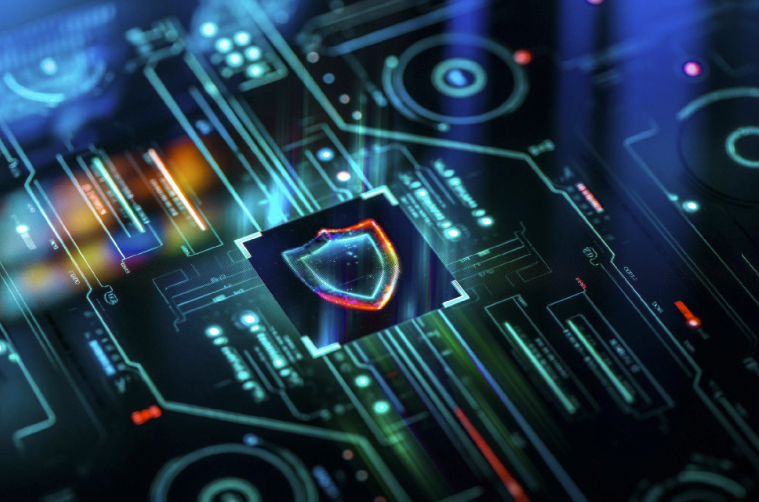In recent years, smartphones have become the go-to device for capturing and sharing photos.
With the rise of social media platforms like Instagram, photography has become an integral part of our daily lives.
The iPhone, in particular, has gained a reputation for its impressive camera capabilities, often touted as a replacement for traditional cameras.
However, despite the convenience and accessibility of smartphone photography, real cameras still hold a significant advantage over the iPhone camera in terms of image quality, versatility, and creative control.
Real cameras often offer superior image quality, more control over settings, and better performance in low light conditions compared to iPhone cameras, making them a preferred choice for professional photography and intricate capturing of details.
Below we look deeper at the reasons why real cameras are superior to the iPhone camera.
Table of Contents
Image Quality
One of the primary reasons why real cameras outperform the iPhone camera is image quality.
While the iPhone camera has improved significantly over the years, it still falls short when compared to dedicated cameras.
Real cameras, such as DSLRs or mirrorless cameras, feature larger image sensors that capture more light and detail, resulting in sharper and more vibrant images.
Furthermore, real cameras offer higher resolution options, allowing photographers to capture images with greater clarity and detail.
The iPhone camera may offer high megapixel counts, but the size of its image sensor limits its ability to capture fine details and handle low-light situations effectively.
Real cameras also provide better dynamic range, which refers to the ability to capture a wide range of tones from shadows to highlights.
This is particularly important in challenging lighting conditions, where the iPhone camera tends to struggle.
Real cameras can retain more details in both bright and dark areas of an image, resulting in a more balanced and visually appealing photograph.
Versatility
Another significant advantage of real cameras over the iPhone camera is their versatility.
Real cameras offer a wide range of interchangeable lenses, allowing photographers to adapt to different shooting situations and achieve various creative effects.
Whether it’s a wide-angle lens for landscape photography, a telephoto lens for wildlife photography, or a macro lens for close-up shots, real cameras provide endless possibilities for capturing unique and compelling images.
On the other hand, the iPhone camera has a fixed lens, limiting its ability to zoom in or out optically.
While digital zoom is available, it often results in a loss of image quality.
Real cameras, on the other hand, offer optical zoom capabilities, allowing photographers to get closer to their subjects without sacrificing image quality.
Real cameras also provide manual control over settings such as aperture, shutter speed, and ISO, giving photographers full creative control over their images.
This level of control is crucial for achieving specific artistic effects or overcoming challenging lighting conditions.
The iPhone camera, although it offers some manual control options, cannot match the level of control provided by real cameras.
Creative Control
Real cameras offer photographers a higher degree of creative control compared to the iPhone camera.
With real cameras, photographers can experiment with different exposure settings, depth of field, and focus points to create unique and visually stunning images.
Depth of field, for example, refers to the range of distance in an image that appears sharp.
Real cameras with larger sensors and wider aperture lenses can achieve a shallow depth of field, resulting in a blurred background and a subject that stands out.
This effect is challenging to achieve with the iPhone camera, which has a smaller sensor and a fixed aperture.
Real cameras also provide advanced shooting modes and features that allow photographers to explore their creativity.
Features like long exposure photography, time-lapse, and multiple exposure blending are readily available on real cameras but are either limited or absent on the iPhone camera.
FAQs – Why Real Cameras Are Better than the iPhone Camera
1. Can the iPhone camera match the image quality of a real camera?
No, the iPhone camera cannot match the image quality of a real camera.
Real cameras have larger image sensors, higher resolution options, and better dynamic range, resulting in sharper, more detailed, and visually appealing images.
2. Does the iPhone camera offer the same level of versatility as a real camera?
No, the iPhone camera does not offer the same level of versatility as a real camera.
Real cameras provide interchangeable lenses, allowing photographers to adapt to different shooting situations and achieve various creative effects.
The iPhone camera has a fixed lens, limiting its ability to zoom in or out optically.
3. Can I achieve shallow depth of field with the iPhone camera?
Achieving a shallow depth of field, where the subject is in focus while the background is blurred, is challenging with the iPhone camera.
Real cameras with larger sensors and wider aperture lenses are better suited for achieving this effect.
4. Can I manually control settings like aperture and shutter speed with the iPhone camera?
While the iPhone camera offers some manual control options, it cannot match the level of control provided by real cameras.
Real cameras allow photographers to have full control over settings like aperture, shutter speed, and ISO, giving them more creative freedom.
5. Does the iPhone camera have advanced shooting modes and features?
The iPhone camera does offer some advanced shooting modes and features, but they are limited compared to what real cameras provide.
Real cameras offer features like long exposure photography, time-lapse, and multiple exposure blending, which are either limited or absent on the iPhone camera.
6. Can the iPhone camera handle challenging lighting conditions?
The iPhone camera can struggle in challenging lighting conditions, especially when compared to real cameras.
Real cameras have better dynamic range, allowing them to retain more details in both bright and dark areas of an image.
7. Is the iPhone camera a suitable replacement for a real camera?
The iPhone camera can be a convenient and accessible option for casual photography, but it is not a suitable replacement for a real camera when it comes to achieving the best possible photographic results.
Real cameras offer superior image quality, versatility, and creative control.
8. Can I achieve professional-level photography with the iPhone camera?
While it is possible to capture impressive photos with the iPhone camera, achieving professional-level photography typically requires the use of real cameras.
Real cameras provide the necessary tools and capabilities to meet the demanding requirements of professional photography.
9. Are there any advantages of using the iPhone camera over a real camera?
Yes, there are advantages to using the iPhone camera over a real camera.
The iPhone camera offers convenience, portability, and seamless integration with social media platforms, making it ideal for quick and easy sharing of photos.
10. Can I print high-quality photos taken with the iPhone camera?
While the iPhone camera can capture decent photos, real cameras are better suited for printing high-quality photos.
Real cameras with larger sensors and higher resolution options produce images that can be printed at larger sizes without compromising on image quality.
Conclusion
While the iPhone camera has undoubtedly revolutionized the way we capture and share photos, real cameras still hold a significant advantage in terms of image quality, versatility, and creative control.
Real cameras offer superior image quality with larger sensors, higher resolution, and better dynamic range.
They also provide photographers with a wide range of lenses and manual control over settings, allowing for greater versatility and creative expression.
So, while the iPhone camera may be convenient and accessible, real cameras remain the preferred choice for those seeking the best possible photographic results.
Related


